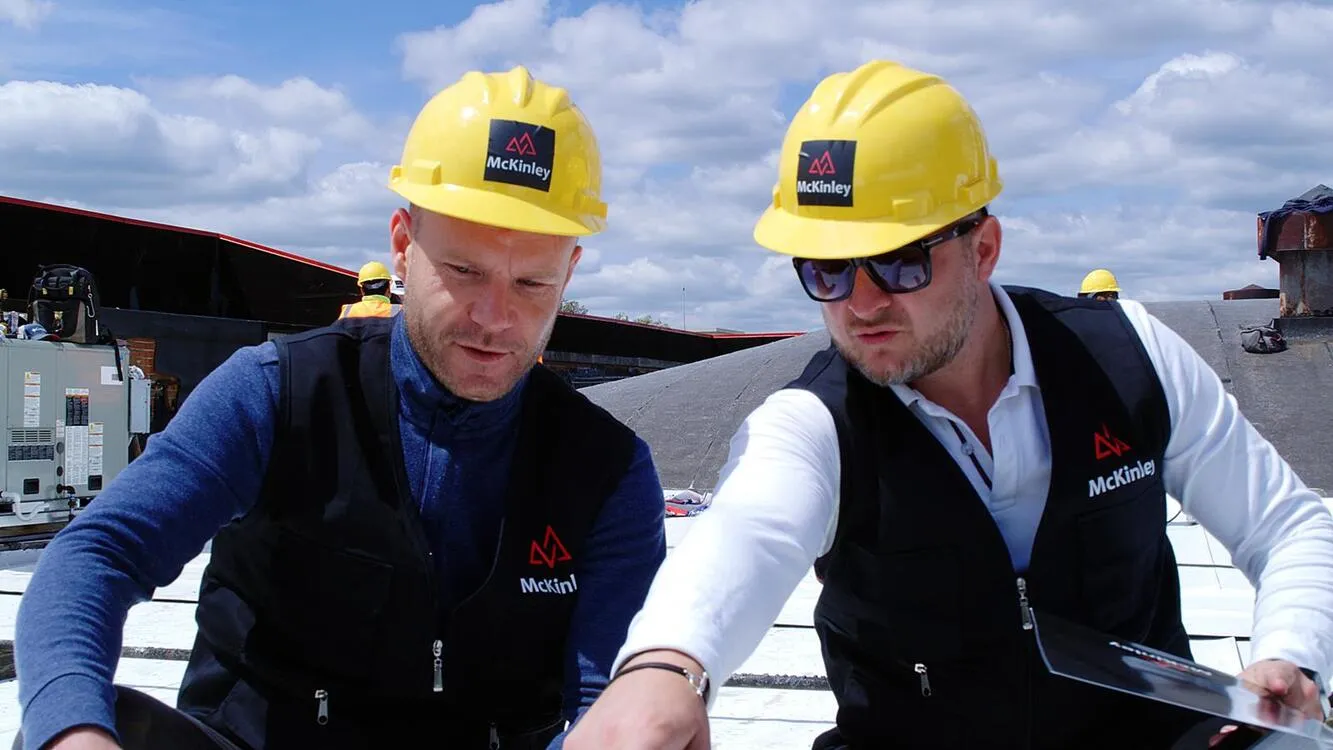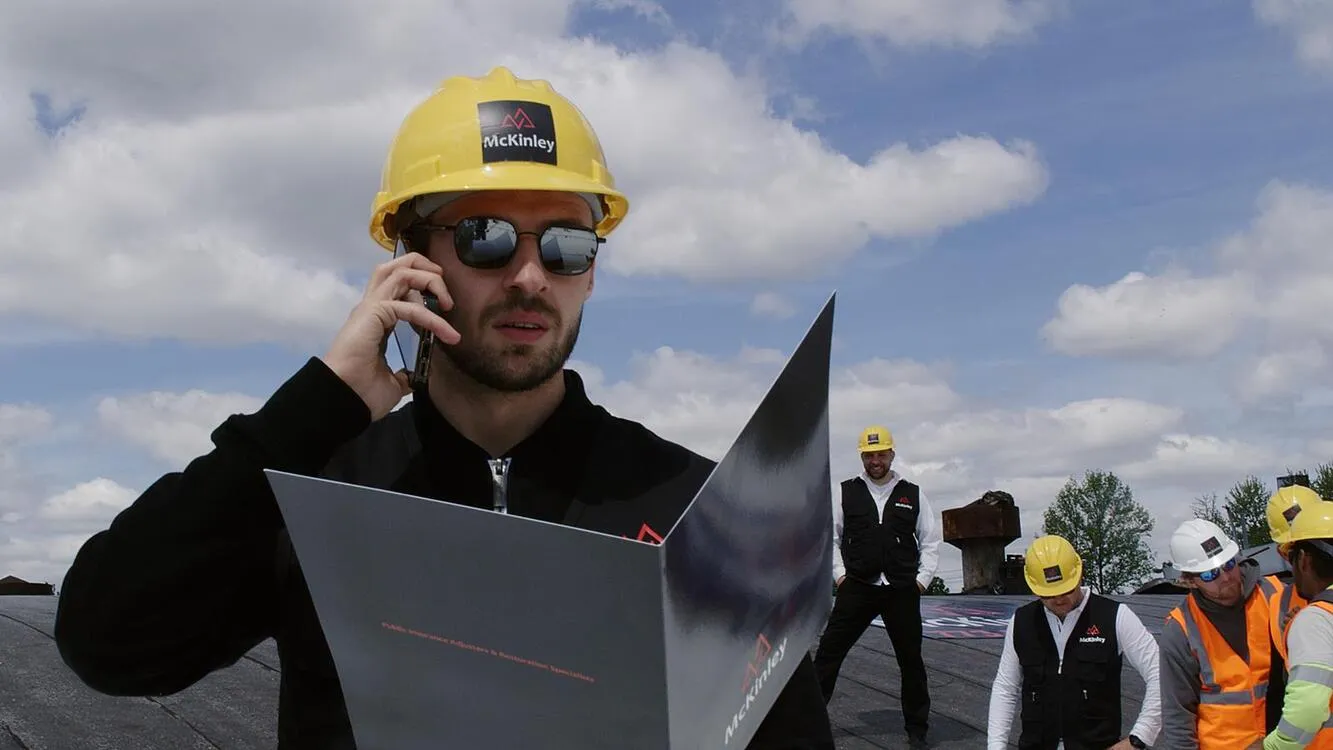February 17, 2023

Which Flat Roof System Suits Your Roofing Project Best?
An explanation of the many flat roofing system designs and uses. It might be challenging to choose the best flat roof system for your roofing project since there are so many options available. Each is intended to keep the roof watertight in general and shield it from the weather. However, everyone provides a distinct design and installation method. You could want the services of knowledgeable professional flat roofing companies Chicago to help you choose from among them. Once you are aware of each option’s benefits and drawbacks as well as its price and expected lifespan, you may proceed with your flat roof project.
Three Main Types Of Flat Roofing
There are three main flat roof systems to think about, albeit the uses and suggestions may differ. Each of these designs has its own special advantages as well as disadvantages. It may be useful to comprehend the fundamentals of each strategy before you select what your roofing job wants.
Altered Bitumen: This kind of roofing has a multi-ply pattern and is based on asphalt. Additionally, these roofing membranes are made more flexible by adding either plastic (APP) or rubber (SBS). A waterproof layer is made by aligning many layers and using torches or hot air welders to fuse the gaps. This option is popular due to the consistency of the sheet quality and the flat roof’s capacity to withstand more harsh temperatures than other designs. A hybrid solution made of both techniques is sometimes achieved by combining a modified bitumen system with a built-up roof system.
TPO Vs Single Ply: One of the most prevalent types of flat roofs is this one, which has a single-ply construction and is often made of sheets of a plastic membrane (PVC or TPO based.) TPO is regarded by many experts as being superior to both EPDM and PVC alone, however, your demands may differ. For the purpose of creating waterproof protection, this procedure typically welds a single layer of sheets. The uniform product quality, lightweight flexibility, and simplicity of installation of this design appeal to both flat roof specialists Chicago and building owners. Customers often like the additional energy efficiency of the Single-Ply approach. The materials have reflecting qualities that consumers may perceive as a reduction in their heating and cooling costs since they are lighter in color.
Building-Up-Roof, or BUR: Multiple layers of sheets that are often glued together are installed as part of a built-up roof design. Over the seams of several layers, tar and gravel are used to establish this waterproof barrier. Roofing contractors have always regarded this approach as being proven and reliable. BURs give thick layers of covering that are very durable. The gravel surface is very durable and weatherproof.
The Best Flat Roof System Is Which?
Consult a specialist with experience in each system if you want to know which flat roof system is appropriate for your roofing job. For a free flat roof replacement Chicago quote, contact us right now. Which of these options is the best match for your building? One of our skilled, certified flat roof specialists Chicago can assist you.



